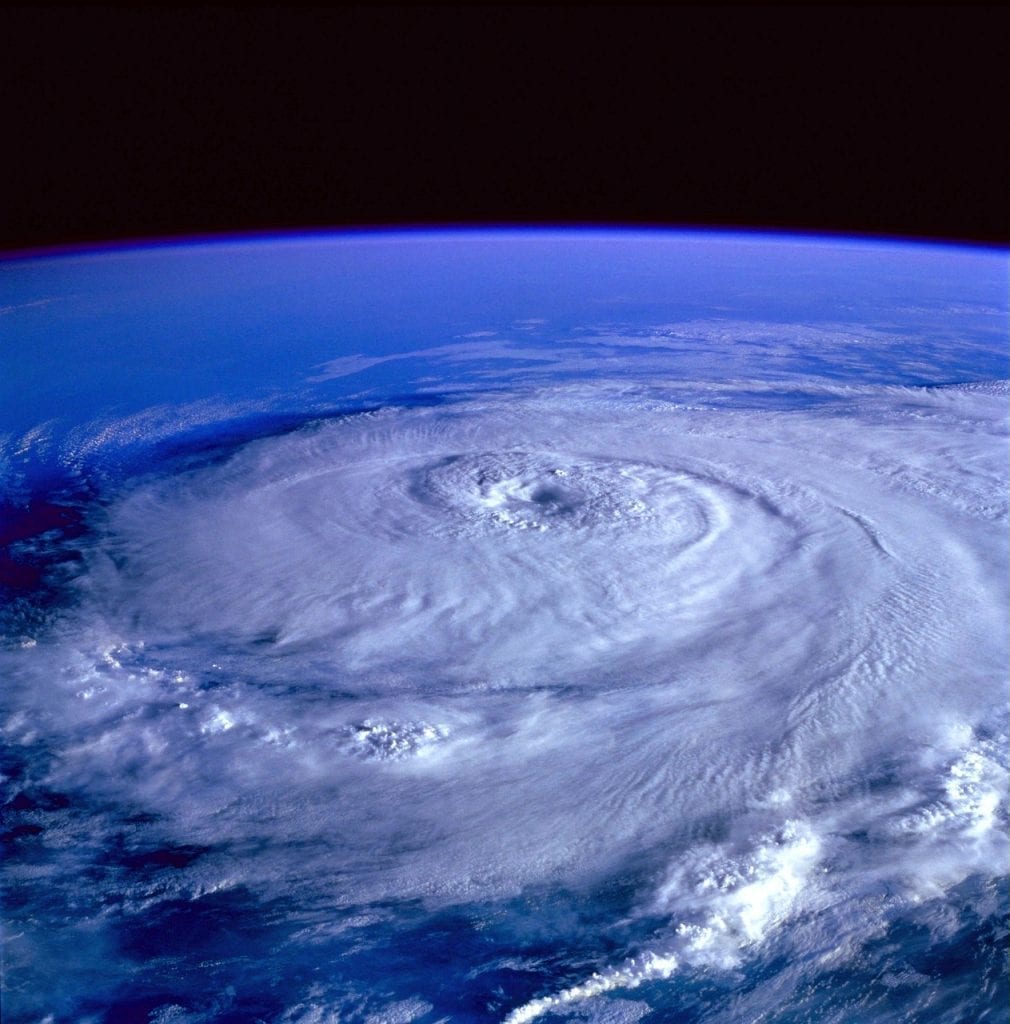(Published in American Water Works publication)
By PETE NARDI
No water utility operator wants to have to manage through a natural disaster. However, developing effective emergency management expertise can yield benefits for the utility for years to follow.
At the end of hurricane planning sessions, the longtime emergency management director of our county in South Carolina used to tell his team, “Remember, plan A is let’s not have a storm. Plan B is all this other stuff.” As the general manager of a water utility that has been hit by a hurricane and several tropical storms in recent years, I can attest that plan A is the way to go! But if you ever need plan B, there are best practices that can help your team and community weather the storm. Hilton Head Public Service District (PSD) is a public water, sewer, waste- water treatment, and recycled water utility on Hilton Head Island, S.C. The utility’s preparation for and response to storms offer some examples of how to manage utility systems and work with utility teams, customers, and other emergency management agencies before, during, and after natural disasters. The island is surrounded by the Atlantic Ocean and Intracoastal Waterway and is connected to the mainland by several bridges. It has a permanent population of about 40,000 and welcomes more than 2.5 million vacationers a year. At any time during the Atlantic hurricane season ( June 1 to Nov. 30), there can be 150,000 or more people on the island.
SERVICE ABOVE SELF
Partnerships and mutual aid agreements, such as those promoted by AWWA’s Water/Wastewater Agency Response Network (WARN), are a vital component of an emergency response plan, as detailed at AWWA’s Risk and Resilience web-page (www.awwa.org/Resources-Tools/Resources/Risk-Resilience). The AWWA/WARN Hurricanes Harvey and Irma After-Action Report asserts that water utility teams must be considered first responders in disasters that affect water systems. Hilton Head PSD’s first responders for hurricanes include field service technicians, water and wastewater treatment operators, water-quality laboratory staff, and senior managers. Hurricane operations require a “service above self” and “all hands on deck” approach. PSD team members must be dedicated and willing to be with the utility instead of their families during a crisis. That can be tough; it takes the right people. Several of our team members are US military veterans familiar with crisis situations. One of the most important things our team does is plan multiple evacuation points for our families ahead of time because a storm’s track might send them north, south, or west. Knowing that families are safe is crucial to minimizing the team’s stress and allowing it to focus on disaster preparation and recovery.
A UNIFIED COMMAND
It’s critical for the utility to be closely linked to local emergency management agencies. The PSD functions as part of a unified command of local agencies that work on disasters. We work with local emergency management professionals throughout the year on items such as prioritizing our critical water and waste-water assets for initial debris removal and reserving space for our team alongside police and firefighters in a first-responder base camp on the mainland. We’re also the home of our local emergency management agency. Our administration building is rated to with-stand a category 3 storm and serves as the island’s Emergency Operations Center (EOC) for disasters. The EOC is important to our operations during a storm because it serves as a Joint Information Center ( JIC), aggregating affected agencies’ updates and pushing them out as public advisories on top-ics such as evacuation routes and utility services. This approach is key to providing consistent, accurate information from appropriate sources and minimizing rumors that create stress and distrust. It’s important for local agencies to use a JIC concept in the age of social media, where rumors can spread rapidly.
PREPARING FOR RECOVERY OPERATIONS
When the governor orders a mandatory evacuation of the island, which happened in 2016 for Hurricane Matthew and in 2017 for Tropical Storm Irma, the PSD team receives reentry passes from local emergency management. The passes allow us through checkpoints that go into effect during a mandatory evacuation when civilian traffic isn’t permitted to come onto the island. Our team is given time to go home, see our families off to safety, and then return to the PSD for hurricane operations. We have showers, kitchens, cots, lockers, and food supplies at our administration building. It has 10 days’ worth of generator capabilities. We bunk there alongside island firefighters and 911 dispatchers until it’s time for first responders to evacuate and head to base camp on the mainland. Base camp consists of classroom buildings at the University of South Carolina Beaufort, 18 miles from the island. The university’s food service staff remains with us and provides meals for the hundreds of first responders from local and state police, fire rescue departments, and utilities. Having the ability to shelter in place at our building and to relocate the team to base camp is important for speeding recovery operations. We don’t want to be stuck in traffic trying to come back onto the island. In Hurricane Matthew, we bunked for a couple of nights at our building and then convoyed over to base camp for one night. We were able to return to the island just hours after the storm passed, which gave us a good jump on recovery operations before the evacuation order was lifted and residents could return.
DEVASTATING DAMAGE
Hurricane Matthew hit Hilton Head hard. The storm packed 89–100 mph winds; dumped 16 in. of rain in less than 24 hours; and brought a storm surge that piled boats on land, wrecked marinas, and eroded beachfronts. Residents who ignored the mandatory evacuation endured a sleepless night of terrifying sounds as Matthew toppled hundreds of thousands of trees that smashed through roofs and windows and blocked streets. The damage totaled more than $66 mil-lion; the debris removal operation lasted for months. The PSD had about $1 mil-lion in Federal Emergency Management Agency and insurance claims. Power outages affected PSD’s systems. Downed trees destroyed control panels at many sewer lift stations and blocked access to our system. The trees broke water mains and customer service laterals when they fell; those breaks were buried under log piles along with our distribution system isolation valves.
We lost pressure in the water distribution system but restored it in less than 24 hours thanks to diverse water production assets, including our 4-mgd reverse osmosis drinking water facility and 2-mgd aquifer storage and recovery facility. We issued a boil-water advisory but lifted it quickly and never had any water quality problems. We received mutual aid from several utilities in our state through the South Carolina WARN, a highly effective and efficient system that leverages the strength of our state’s utilities. Please enroll your utility in your WARN if it’s not already. Our team was amazing in the recovery. The crew ran water production assets manually because our supervisory control and data acquisition system was down. The team bypass-pumped at large-scale sewer lift stations and pumped down the flooded headworks at our wastewater treatment plant. As debris removal permitted, the crew fixed the mains and the laterals. Our community was so appreciative of our work. They sent us emails of thanks and held several celebrations for the first responders. The hurricane was a terrible experience, but it was inspiring to see a community work together to come back after getting knocked down. To weather a hurricane and its aftermath, be sure to turn to best practices such as supporting the water utility team, partnering with local emergency management, and providing accurate information to customers.






